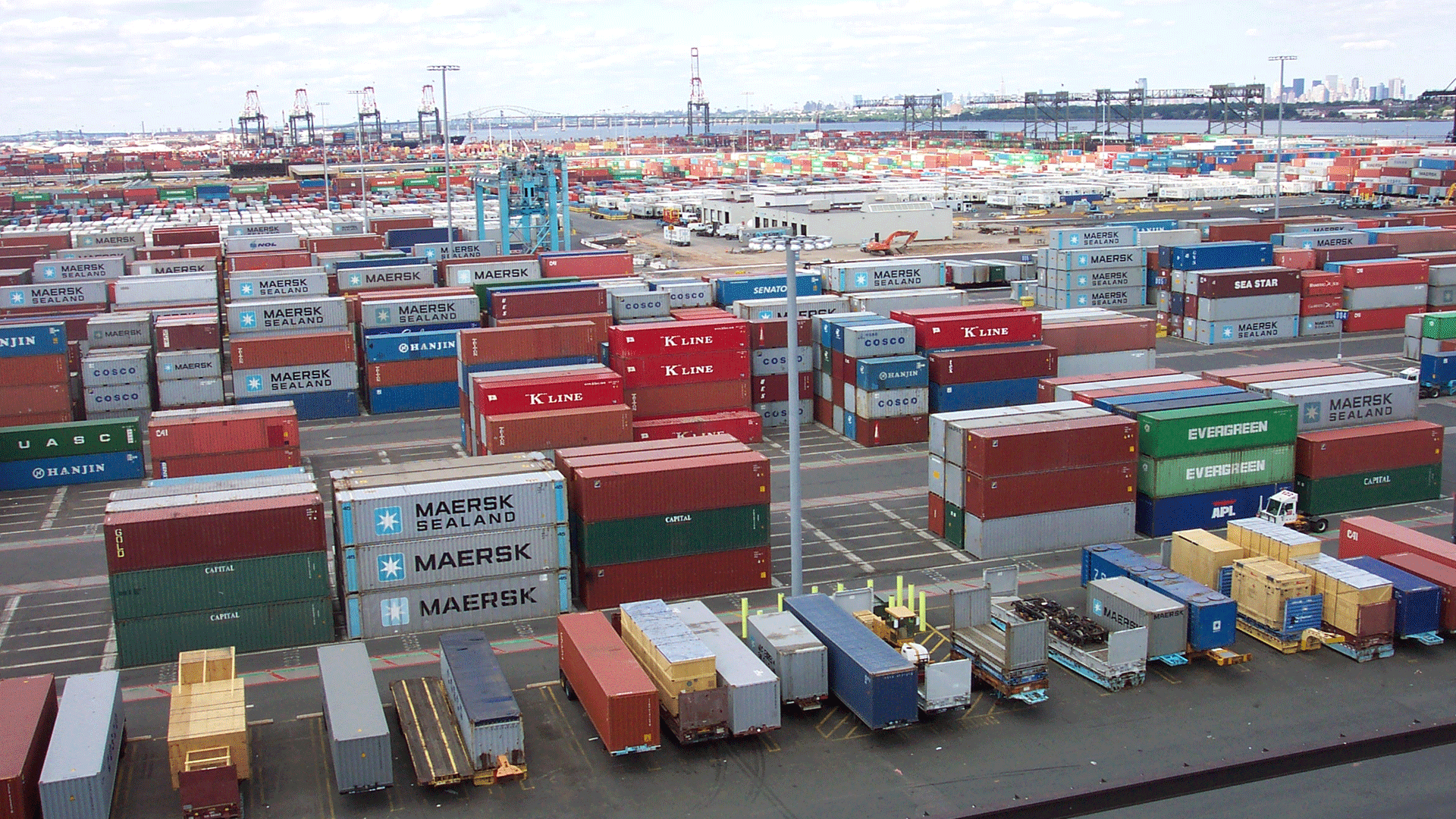Given the current market sentiments, 2020 may prove to be a challenge for the consumer durables sector. However, the outlook when projected over a 5-year horizon looks promising. According to a recent joint report by CEAMA and research & consulting firm Frost & Sullivan, the appliances and consumer Electronics (ACE) industry size is expected to be double and have a total market size of INR 1.48 lakh crore by FY 25.
Advancement in technology and higher competition are driving price reductions across various consumer durable product segments such as computers, mobile phones, refrigerators and TVs. With shrinking profit margins, white goods manufacturers are turning to competitive strategies in the way they market and distribute products, one of them being the application of digital solutions.
The digital revolution has seen many industries change their ways of doing business in the last five years. Many problems plagued the shipping industry before the advent of digital freight forwarding. Freight forwarding agents keeping track of the shipment process took a hefty fee and provided negligible accountability.
Here we discuss some of the challenges in supply chain management faced by the white goods industry and how digital freight forwarding solutions are helping companies tide over them.
There’s no denying the fact that logistics costs are a necessary evil for any business. The logistics cost as a percentage of the GDP stands at 14% for India, as compared to 10% for the US, and 11% for Japan. Analysing the expenditure is the first step towards reducing it.
Indian freight forwarding service providers usually work with partners in order to integrate more services in their offerings. This results in lack of transparency at each stage of the supply chain, from warehousing to freight management to trucking. More often than not, businesses usually end up spending more than they had anticipated due to high and unexpected cost escalations.
· Transparency in costs and communications
To begin with, delay in getting quotations is one of the significant challenges in finding the right shipping carrier for a consignment. Traditionally, a supply chain manager would need to contact a long list of shippers to get the shipment delivered. It may take from a couple of hours to an entire day to get the quotes & vessel schedules. Now digital freight forwarders have changed the scenario with an instant display of quotations, vessel schedules, and cost breakdown on their platform. One can instantly browse through a list of available carriers, their schedules and quotes for various port pairs & shipping lines and quotes.
One also gets a full cost breakdown for every shipment including terminal charges, local charges, and transportation charges. There are no hidden costs. In addition, route details, vessel schedules, carrier options, ETA, and other information to analyse and evaluate costs helps managers to easily make the right trade-off between cost and time.
· Poor responsiveness of traditional freight forwarding partners
The traditional freight forwarders may not always pick up your call to answer queries on time. In that case, clients have to keep following up. This can be frustrating since they are left clueless about the status of their ongoing shipments. Delays in communicating critical information like vessel cut-offs, status of the transhipment, expected delivery date, extra charges etc. can result in severe cost escalations, sometimes equivalent to the entire value of the cargo. There are times when entire contracts stand cancelled due to such aberrations.
With digital freight forwarders, however, one can avail proactive support via online chat and stay updated about the status of their shipments through real-time tracking alerts sent to them on their desktop & mobile phones. It brings in more transparency and accountability by providing businesses with shipment reports and country-wise price breakups along with total shipment expenditure in the current cycle.
· Workflow management and paperwork hassles
A lot of complexities can arise in the documentation process of shipment due to the involvement of multiple parties in the logistics process. Most of it is done manually and even a minor mistake in the bill can lead to rejection of the consignment at the port and dispute between the parties involved. Even large, established players in the industry experience errors in workflow management, especially in the areas of documentation & invoicing due to manual errors.
With digital freight forwarding solutions, the paperwork is available online, making documentation and invoicing very easy and error-free. A user-friendly digital platform helps one auto-generate and manage all shipping documents in one place. For example, Freightwalla is the only platform that makes it easy to draft, update and submit online a Bill of Lading for first print.
The advantages that sophisticated digital freight forwarding platforms are offering over conventional freight forwarding cannot be ignored. These technologies are minimising the revenue losses arising out of lack of visibility over supply chain and are streamlining processes. They are saving businesses operational man-hours while improving resource utilisation.
Keeping in mind that white goods are of relatively high cargo value, it is recommended to choose an intelligent digital service provider that offers powerful digital tools as well as strong customer support services. Supply chain managers at the manufacturers’ end should make it a point to carefully consider this as an option while evaluating freight forwarding partners.
